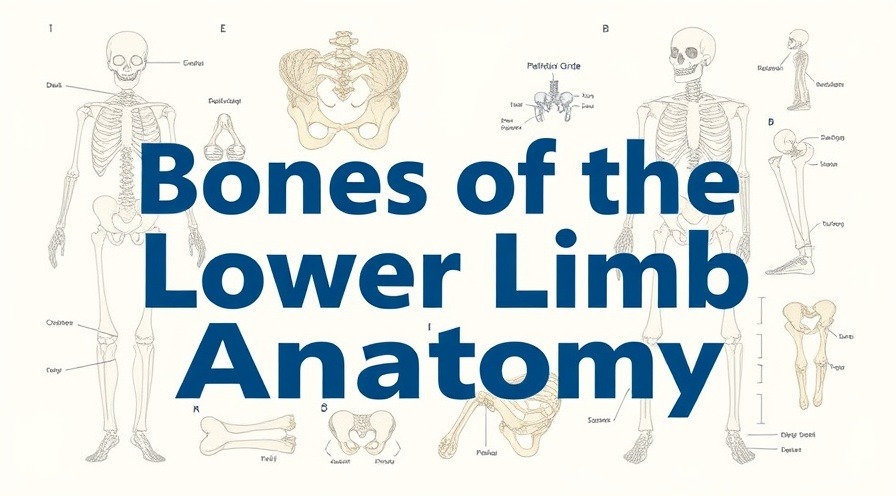
Understanding Implantation and Period Bleeding
A frequent concern among many is distinguishing between implantation bleeding and the onset of a menstrual period. This confusion can be particularly heightened for those actively trying to conceive. Implantation bleeding often occurs during the early stages of pregnancy, while period bleeding is part of the regular menstrual cycle. Understanding these differences is crucial for making informed health decisions.
In 'Implantation Cramps vs Period Pain – Clear Signs!', the discussion dives into understanding how to differentiate between these two types of bleeding, exploring key insights that sparked deeper analysis on our end.
What Is Implantation Bleeding?
Implantation bleeding happens when a fertilized egg attaches to the uterine lining, typically between six to twelve days after ovulation. This occurs shortly before one’s expected period and is often seen as one of the early signs of pregnancy, although not every individual experiences this phenomenon.
Distinguishing Characteristics Between Implantation and Period Bleeding
While implantation and menstrual bleeding can appear similar at first, there are several key differences to take note of:
Timing: Implantation bleeding occurs one week before the expected menstrual period—generally around six to ten days after ovulation. In contrast, periods are cyclical, occurring approximately fourteen days post-ovulation.
Color and Flow: Implantation bleeding is usually light pink, brown, or rust-colored and is characterized as spotting. Menstrual bleeding, however, tends to range from bright red to dark red and typically starts off light before increasing in flow.
Duration: Implantation bleeding is brief, lasting from just a few hours up to two days. Menstruation, on the contrary, can last anywhere from three to seven days.
Clots: It's important to note that implantation bleeding does not typically involve blood clots, while menstrual flow may include small clots.
Associated Symptoms: What's Normal?
Symptoms accompanying implantation bleeding can sometimes be mistaken for premenstrual syndrome. Mild cramping, slight nausea, fatigue, and tender breasts may be experienced, but these are not accompanied by the distinctive PMS symptoms—like bloating and more intense cramping—that are often seen with regular periods.
In contrast, when menstruating, people typically endure symptoms such as spotted cramps along with stronger back pain and mood swings. Recognizing these differences can aid in understanding one’s own body and when to seek medical advice.
When Is the Right Time to Take a Pregnancy Test?
If you suspect implantation bleeding, experts recommend waiting at least 2 to 3 days after the bleeding stops before taking a pregnancy test. Testing too early can result in a false negative, so it's best to wait until after your missed period for a more reliable result.
Practical Tips for Monitoring Your Symptoms
For anyone trying to discern between these two types of bleeding, tracking your menstrual cycle becomes vital. Apps and calendars can help you note when ovulation occurs and any associated symptoms. This tracking can enhance your ability to understand your own body better and mitigate confusion moving forward.
Emotional and Physical Preparedness
The uncertainty surrounding possible pregnancy can elicit a variety of emotions—anticipation, anxiety, and hope. Being aware of the physical signs of implantation versus menstruation equips individuals with helpful insights and prepares them mentally for the outcomes. Emotional support from partners, family, or community resources may also provide relief during this sensitive time.
In essence, knowing the nuances between implantation cramps and period pain not only sheds light on reproductive health but cultivates a deeper understanding of oneself and empowers individuals to make informed decisions regarding their health.
Ultimately, whether you’re hoping for positive news or simply seeking clarity, being proactive about your health and understanding your body can pave the way for better health outcomes in the long run.
 Add Row
Add Row  Add
Add 




Write A Comment